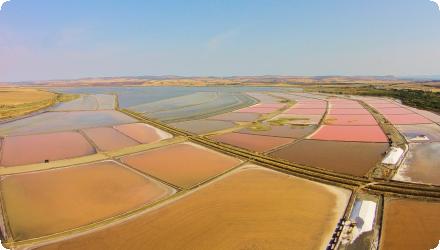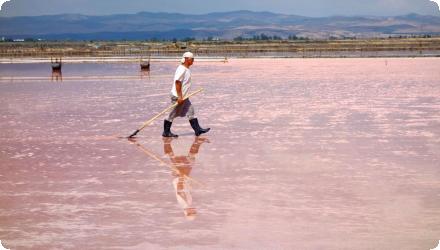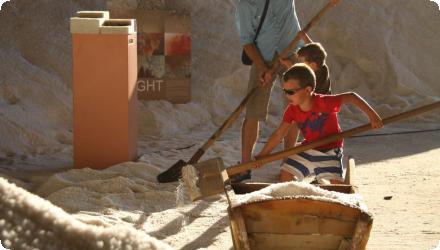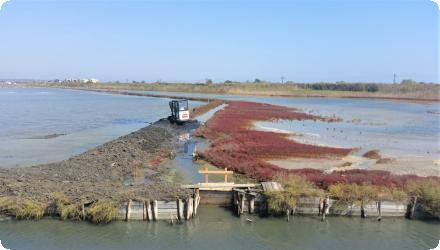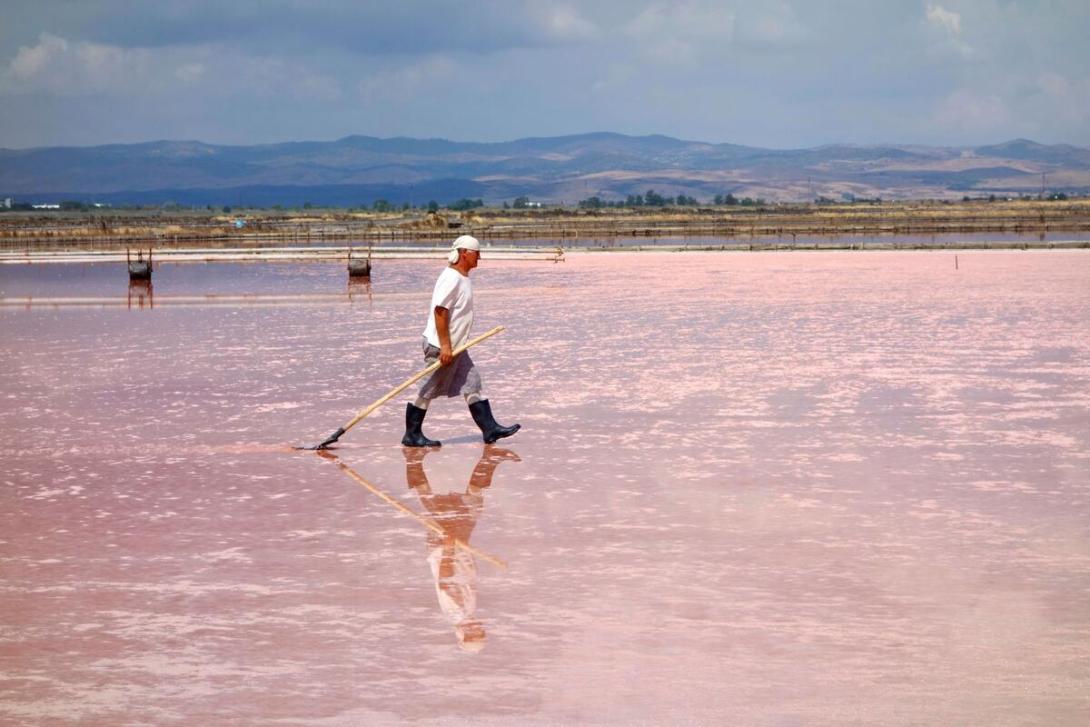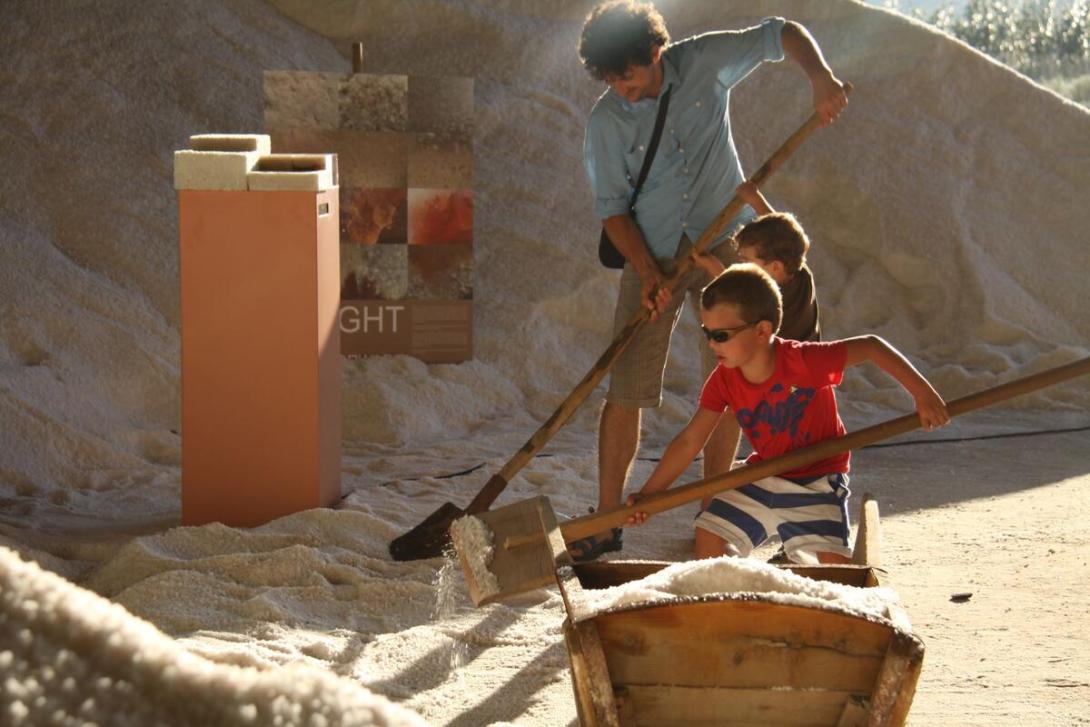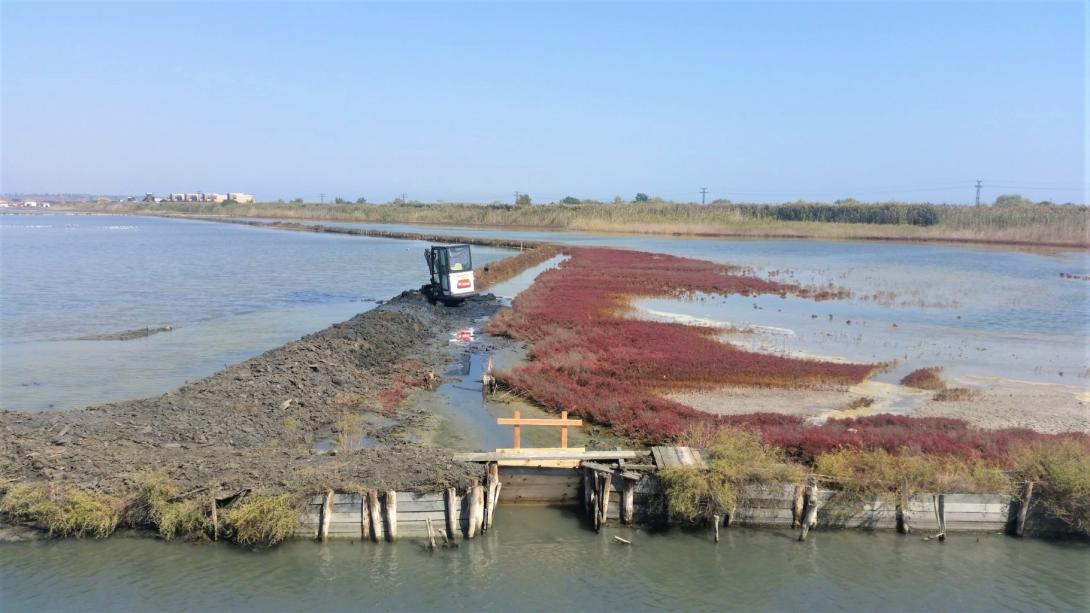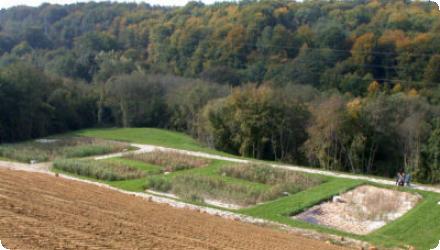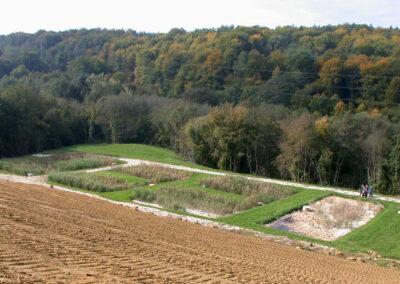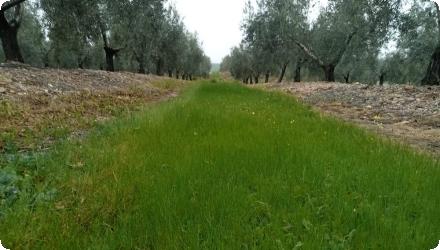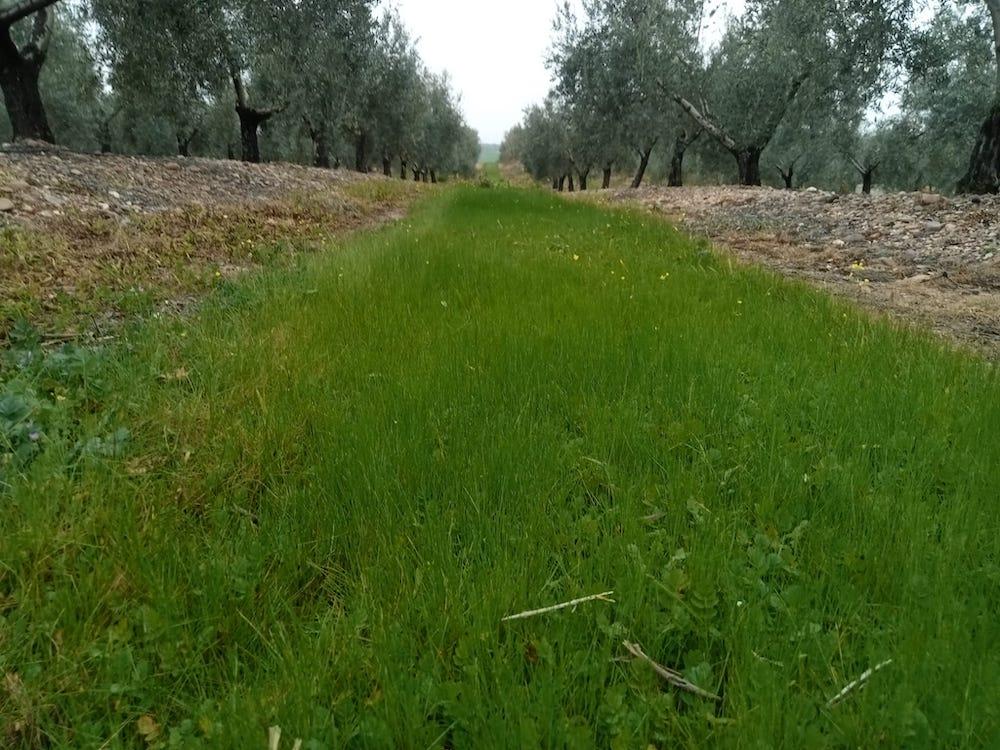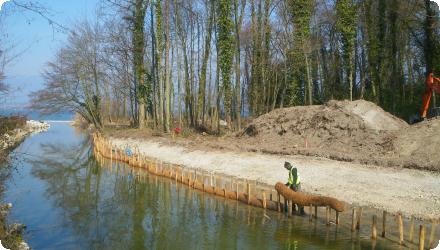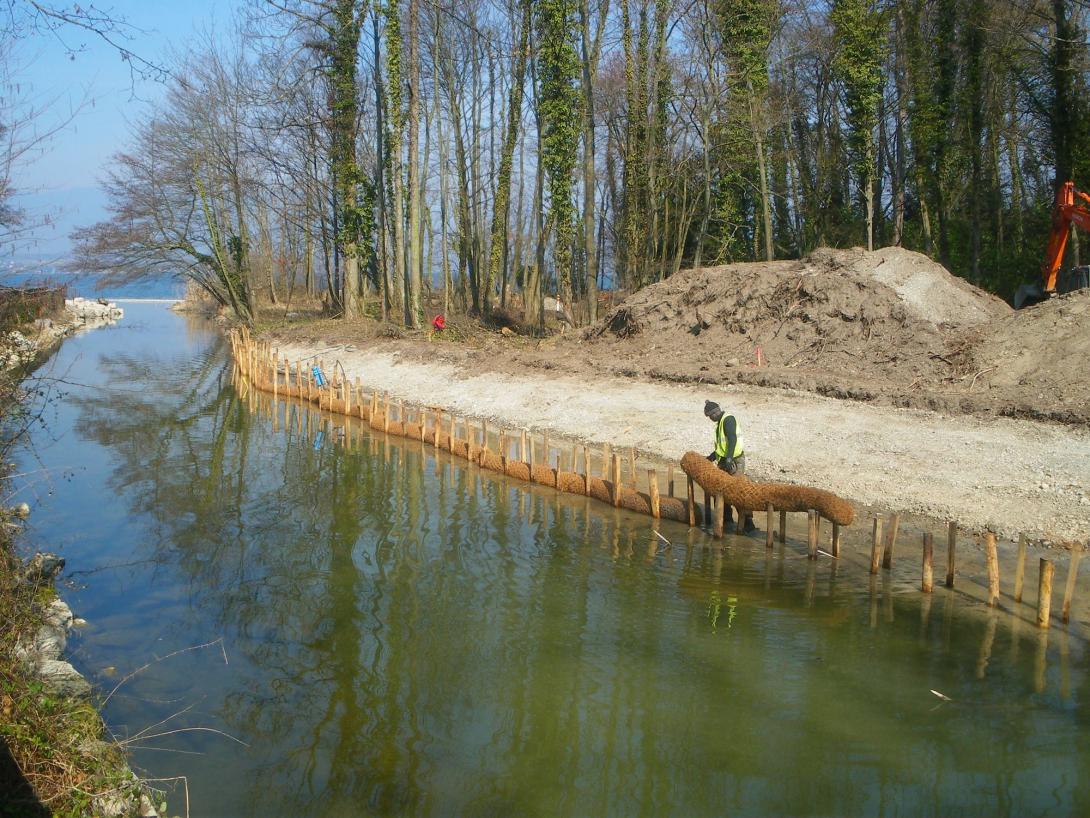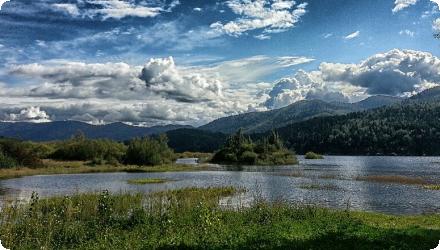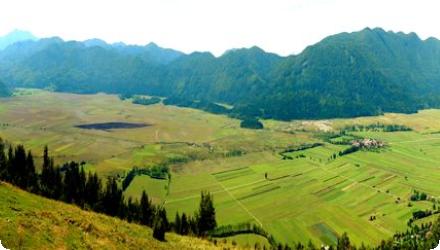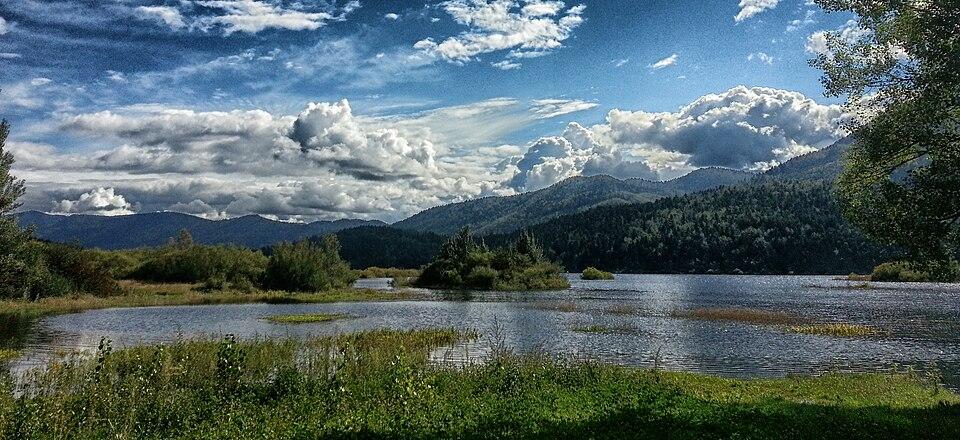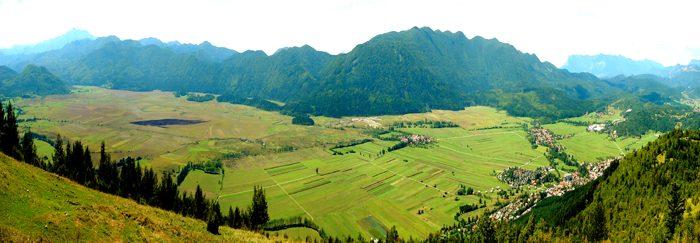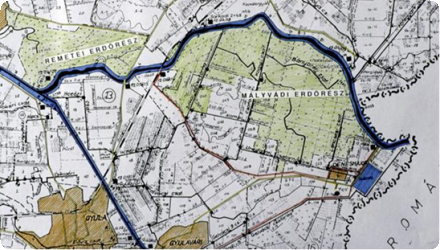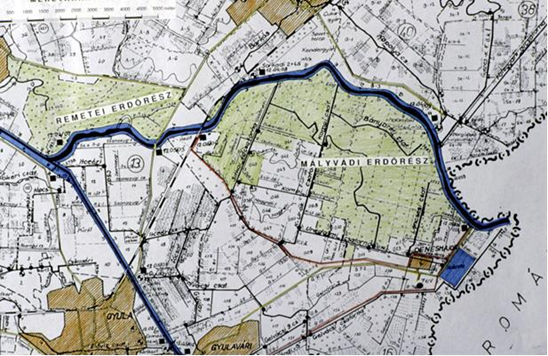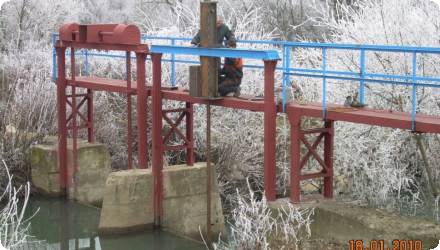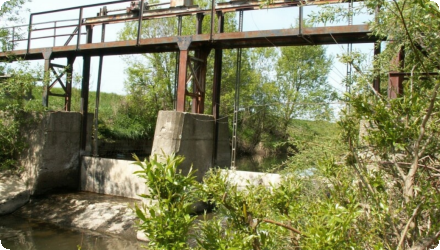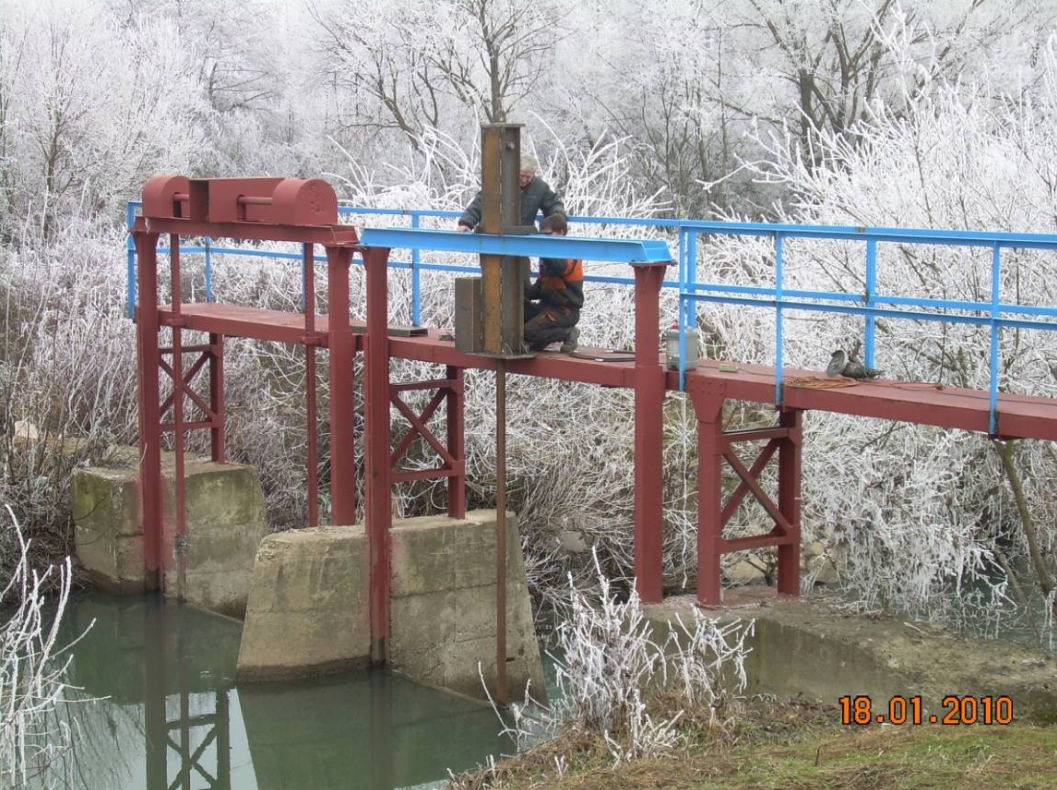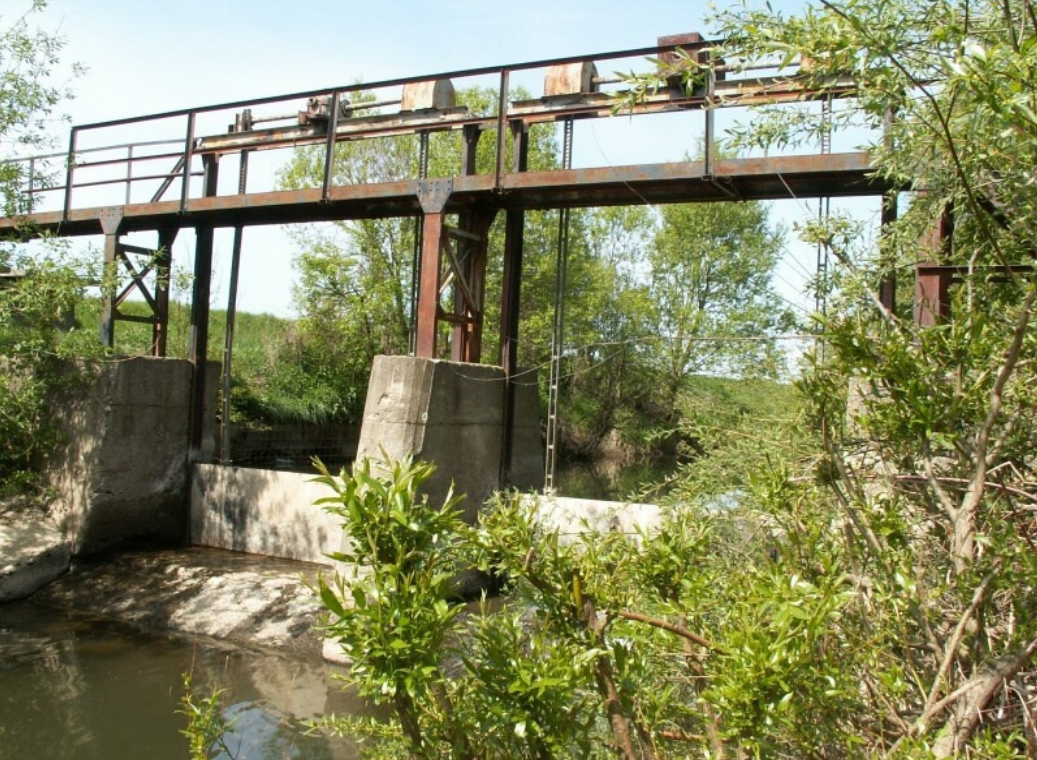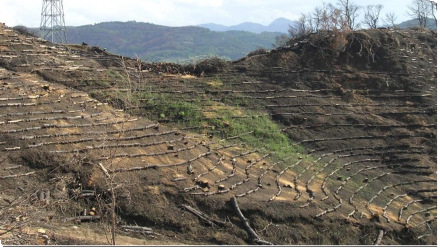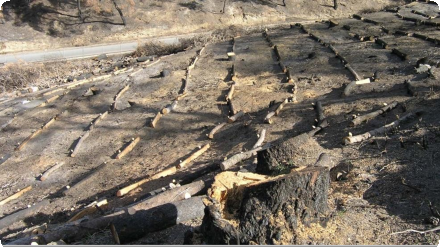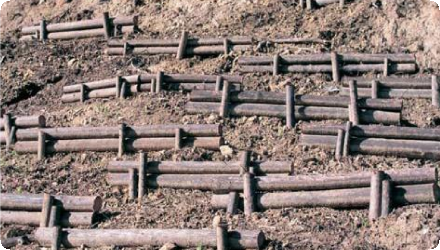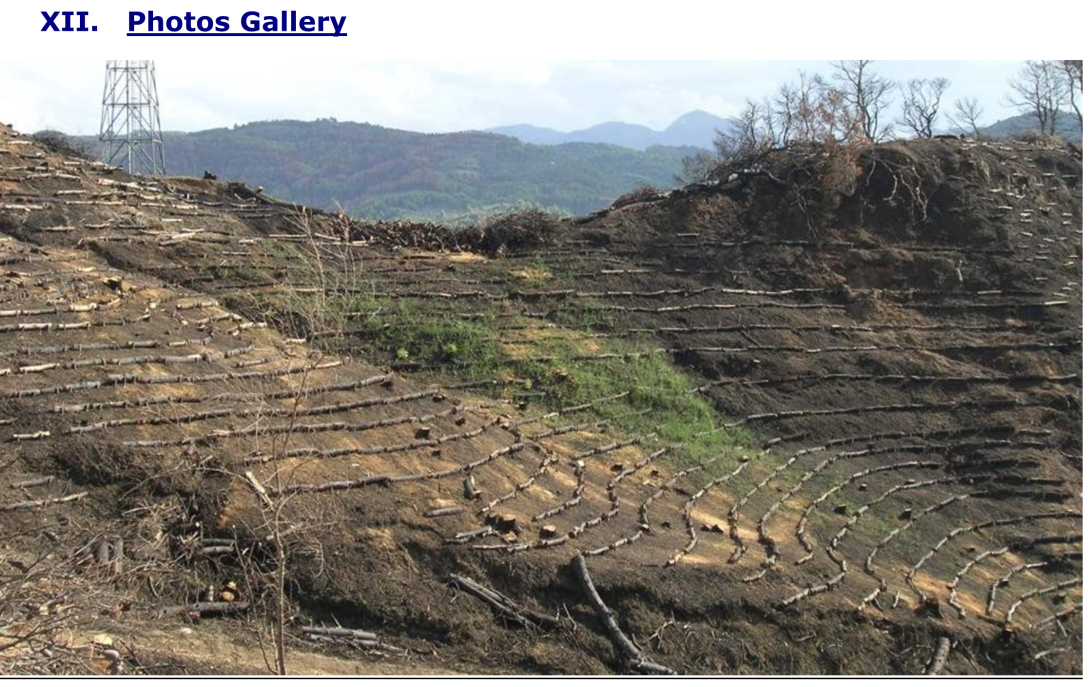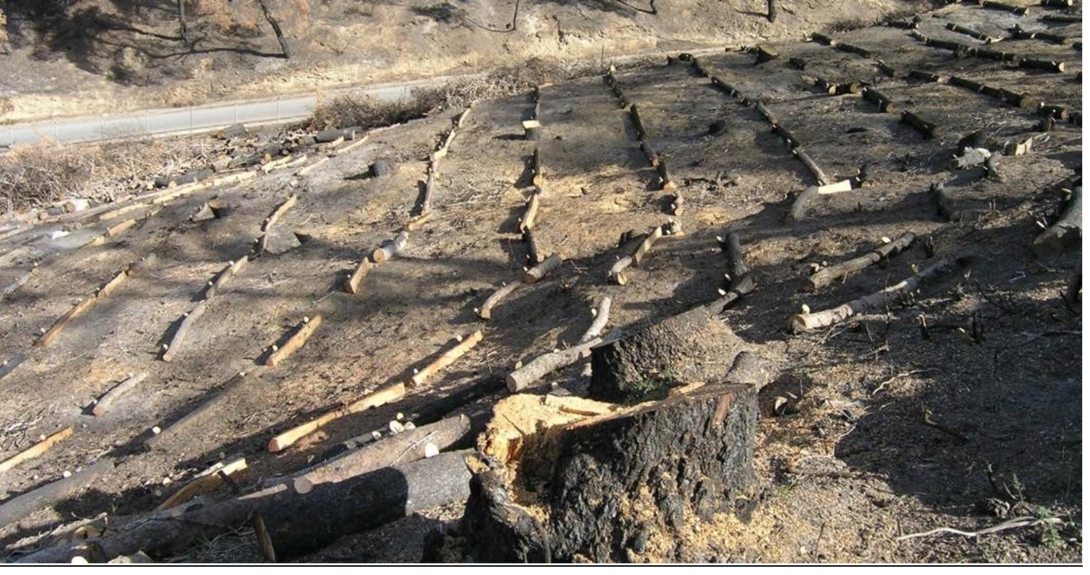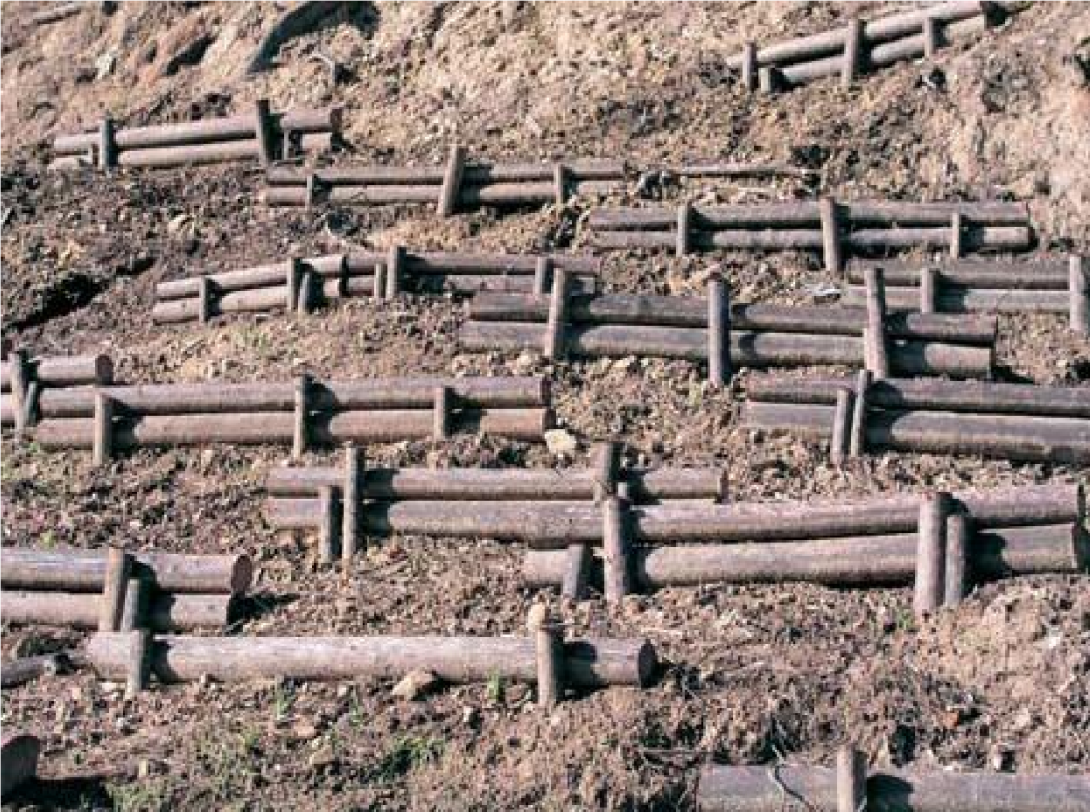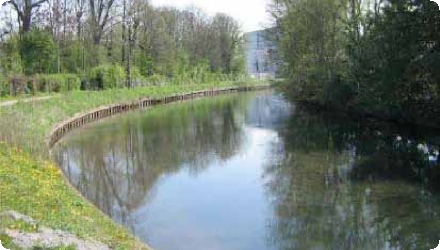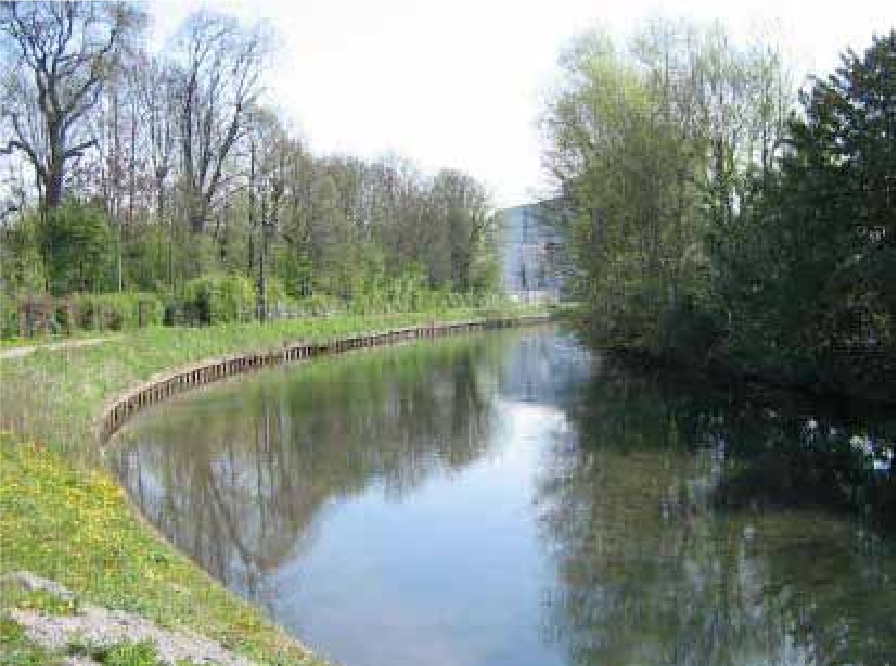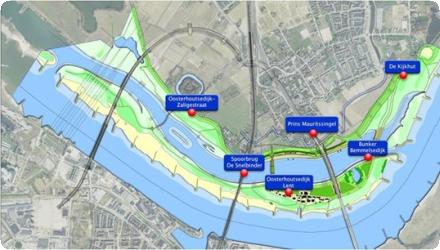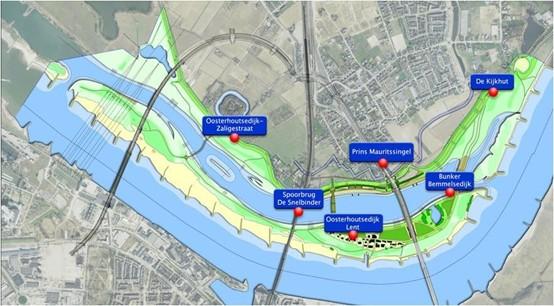Photo gallery
Summary
The Salt of Life project (LIFE11 NAT/BG/000362) restored the lagoon’s water-management infrastructure at Atanasovsko Lake by repairing dykes and barriers, dredging 23 km of the perimeter channel and rehabilitating 20.5 km of embankments to secure long-term habitat conditions for roosting and breeding birds. Building on this, Lagoon of LIFE (LIFE17 NAT/BG/000558, 2018–2024) scaled up restoration: three major earth dikes (~5.8 km) were rebuilt, 17.6 km of mini-dikes restored and 14.3 km of internal saline channels cleaned; the North sea sluice was repaired in 2021. These actions increased water exchange more than fourfold, stabilised water levels and salinity, improved oxygen, and reduced chlorophyll-a - directly improving ~220 ha with positive effects across >700 ha. A pilot, low-impact method using a mini-excavator to build/maintain mini-dikes reduced cost, time and disturbance and has been widely applied. Macrophyte recovery advanced with Ruppia maritima transplanted (TERFS/Chimove), establishing three self-reproducing colonies. In 2024, Greater Flamingo bred here for the first time in Bulgaria. An After-LIFE plan and an active Public Advisory Council support ongoing maintenance with Black Sea Salinas, strengthening resilience to extreme rainfall and safeguarding salt-extraction infrastructure and lagoon habitats.
Last update
2025
